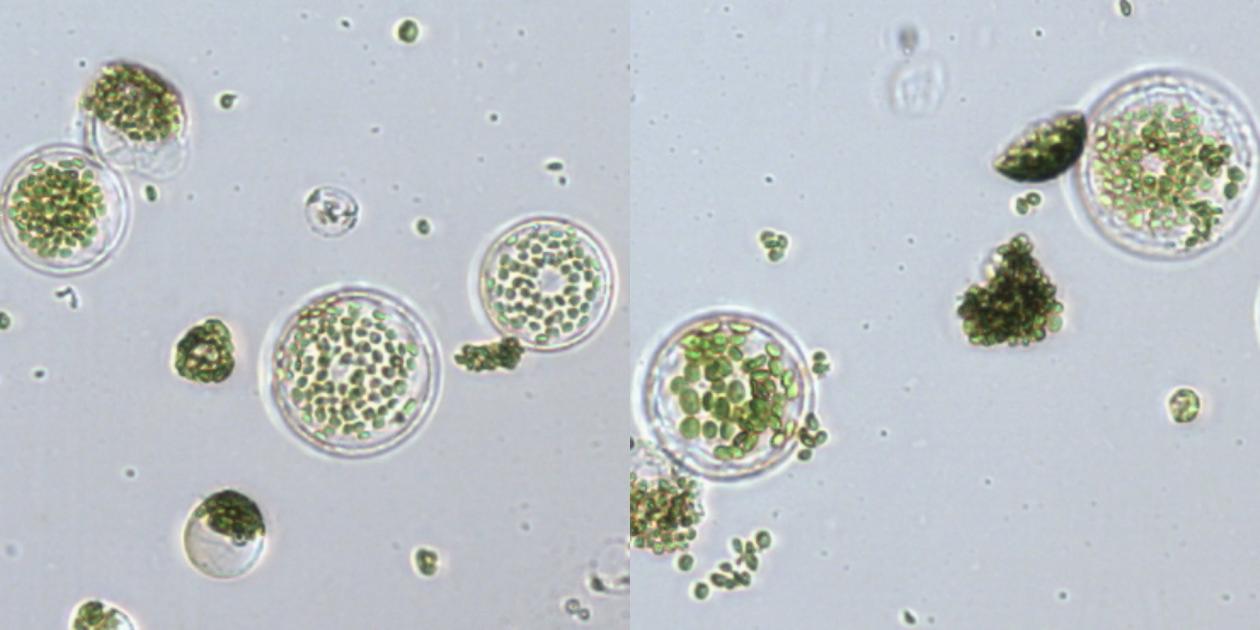Safely and gently opening plant cells
The gene scissors CRISPR / Cas are revolutionizing global plant breeding. But how can the molecules used safely and efficiently enter the cell? The Laser Zentrum Hannover e.V. (LZH) wants to establish the optoporation for plant cells in a new project.
When animal or plant cells are treated with laser light, pores in the cell membrane can be generated for a short time. Thus, molecules, such as the complexes used in the CRISPR / Cas9 method, can enter the cell.
Compared to conventional methods, such as electroporation or transfection with chemical agents, the light-based method has several advantages: It is non-contact, hardly needs any chemicals and is possible without transgenic DNA, i.e. from other organisms.
In plants, however, not only the cell membrane, but also the cell wall must be overcome. Therefore, the scientists at the LZH are working on potato protoplasts - cells in which the cell wall has been enzymatically removed.
In order to further establish the CRISPR / Cas method in plant breeding, the LZH is now cooperating with the Institute of Plant Genetics of the Gottfried Wilhelm Leibniz Universität Hannover. For this, the scientists want to develop robust protocols that reliably remove the cell wall of the potato cells and allow the genome to be edited using CRISPR / Cas9. In the last step, they want to produce complete plants from the potato protoplasts. The aim of the treatment is to improve the food quality. The scientists want to significantly reduce the pollutant content, especially the toxic solanine, in the potatoes.
The project CROpto "Directed Genome Editing in Potato Protoplasts by Laser-based Optoporation of CRISPR / Cas9 Nucleoproteins" is funded by the Federal Ministry of Education and Research (funding reference number: 031B0542A).

